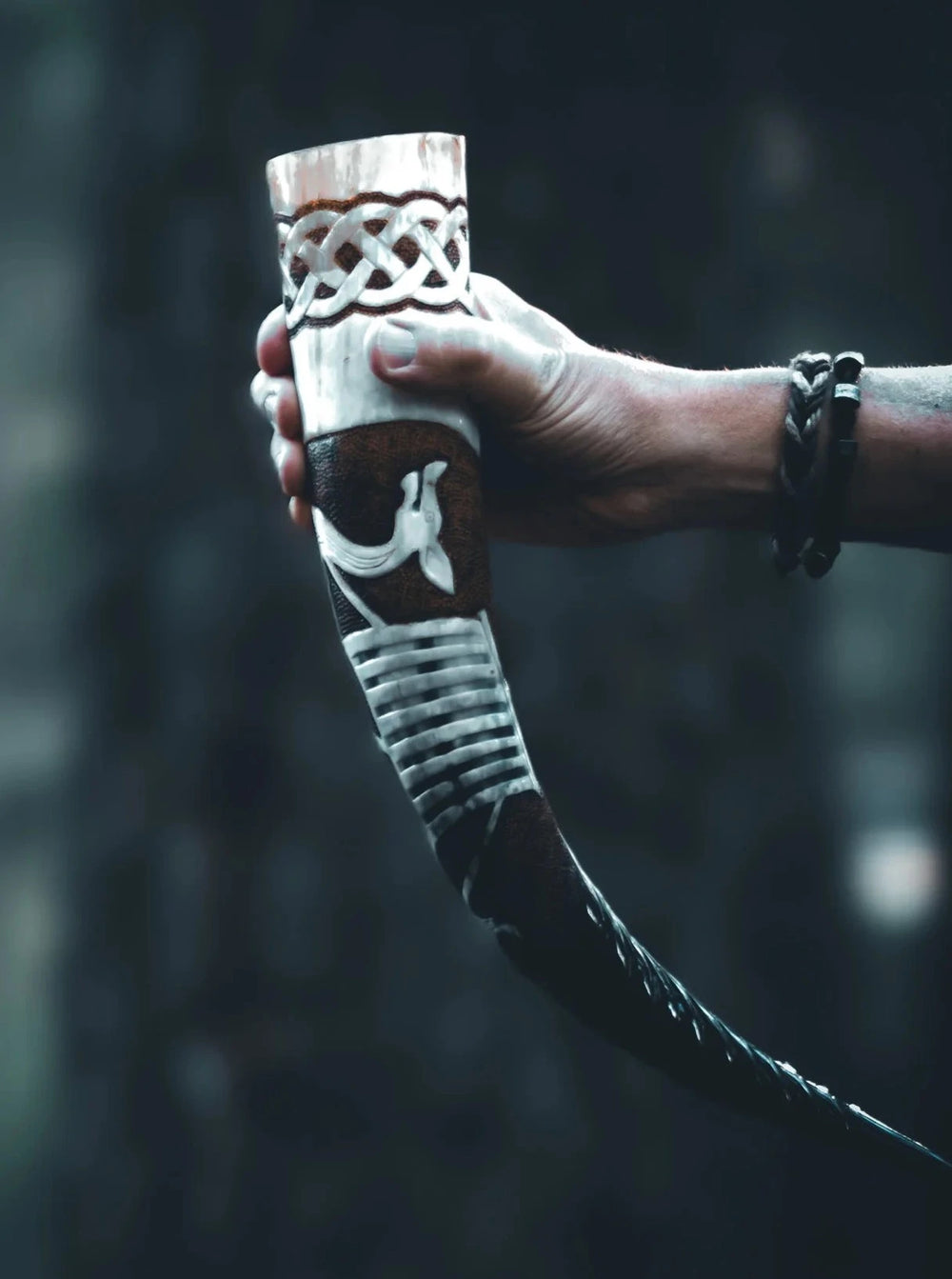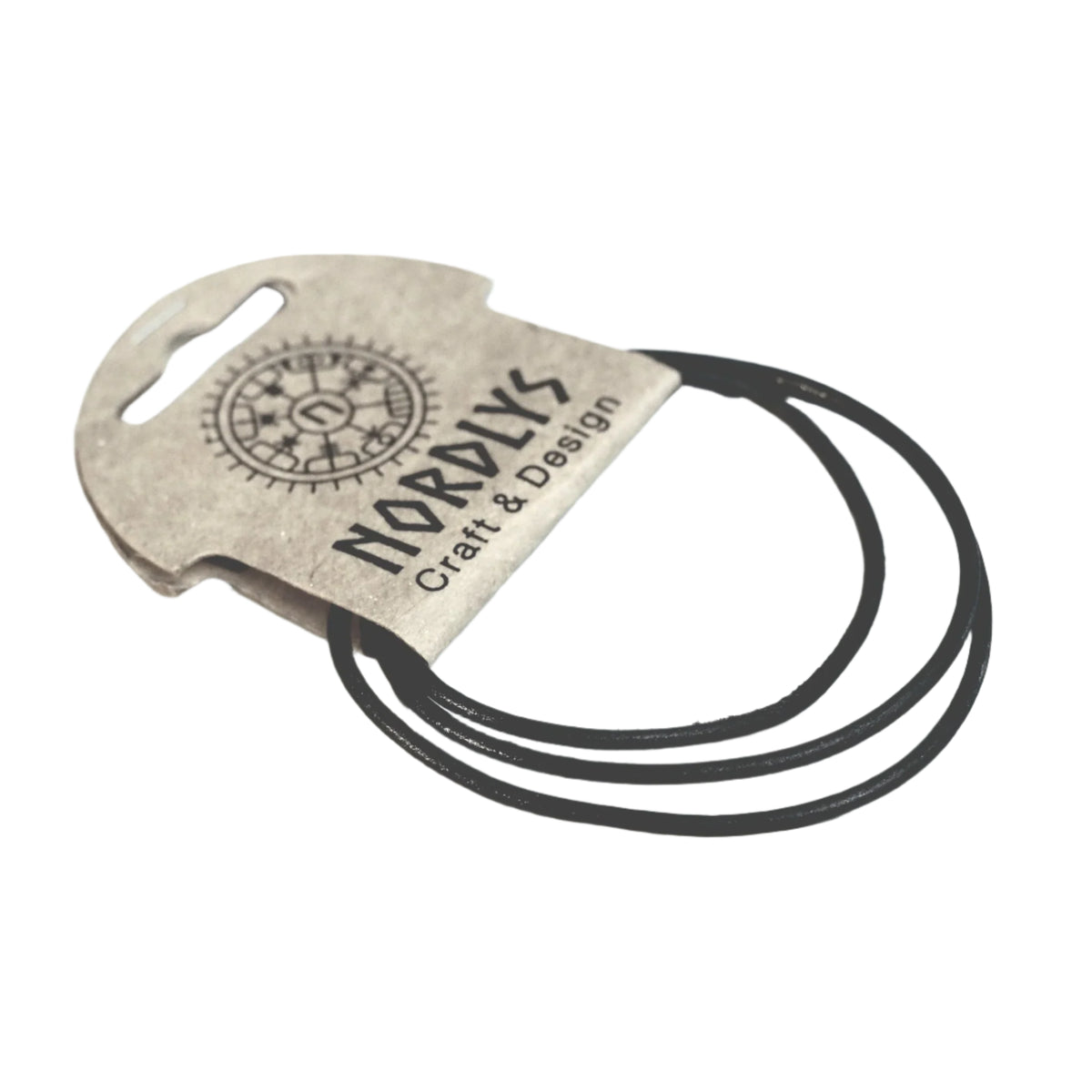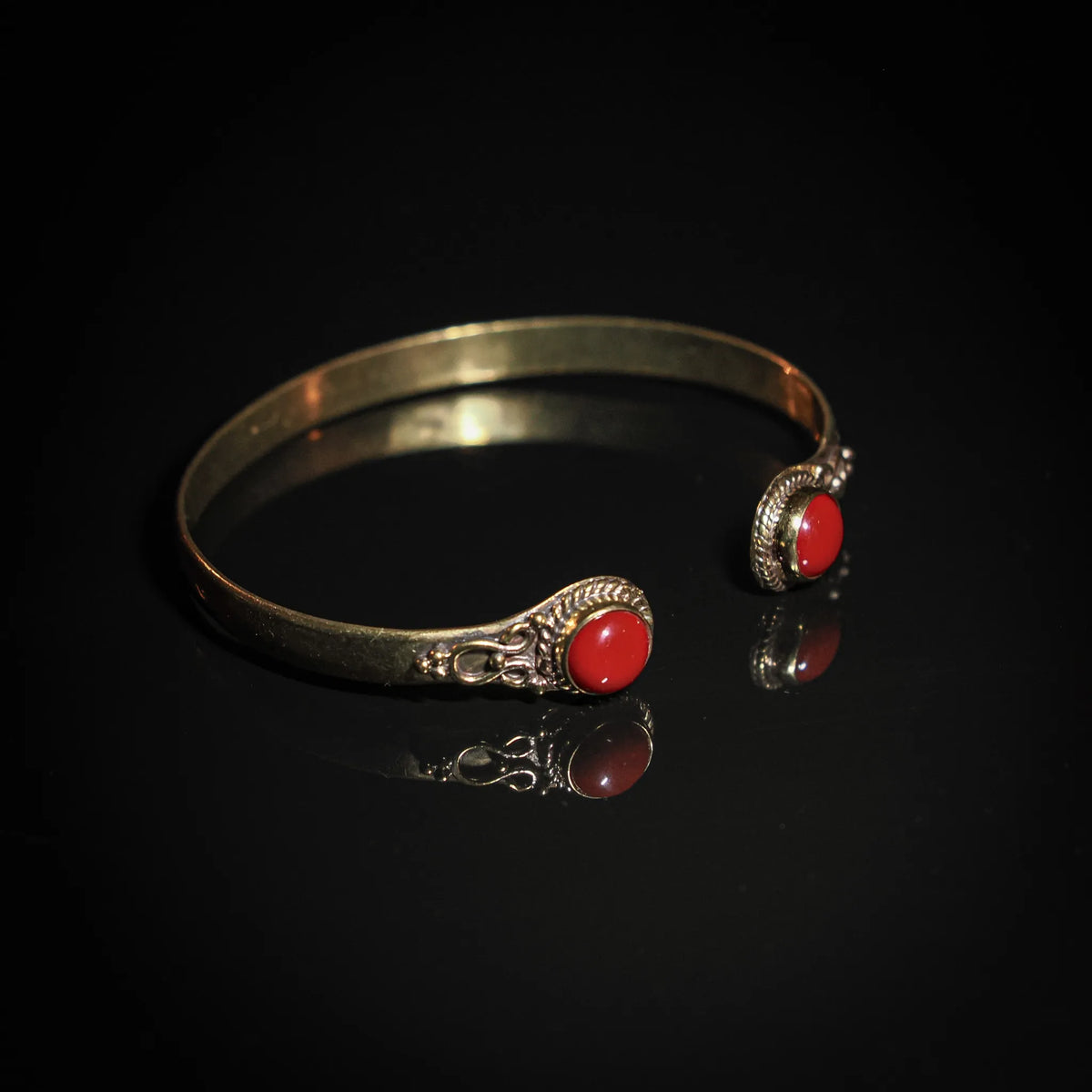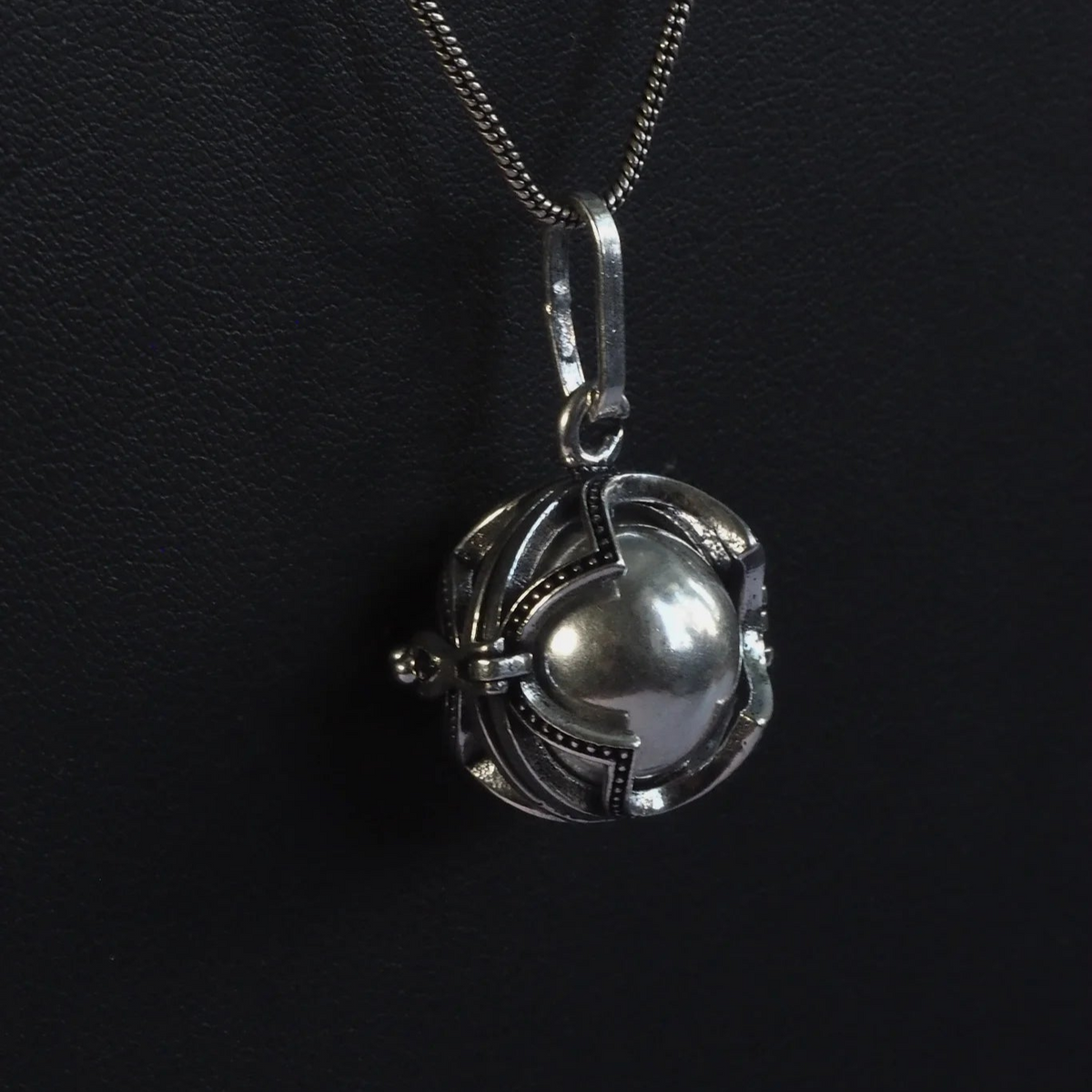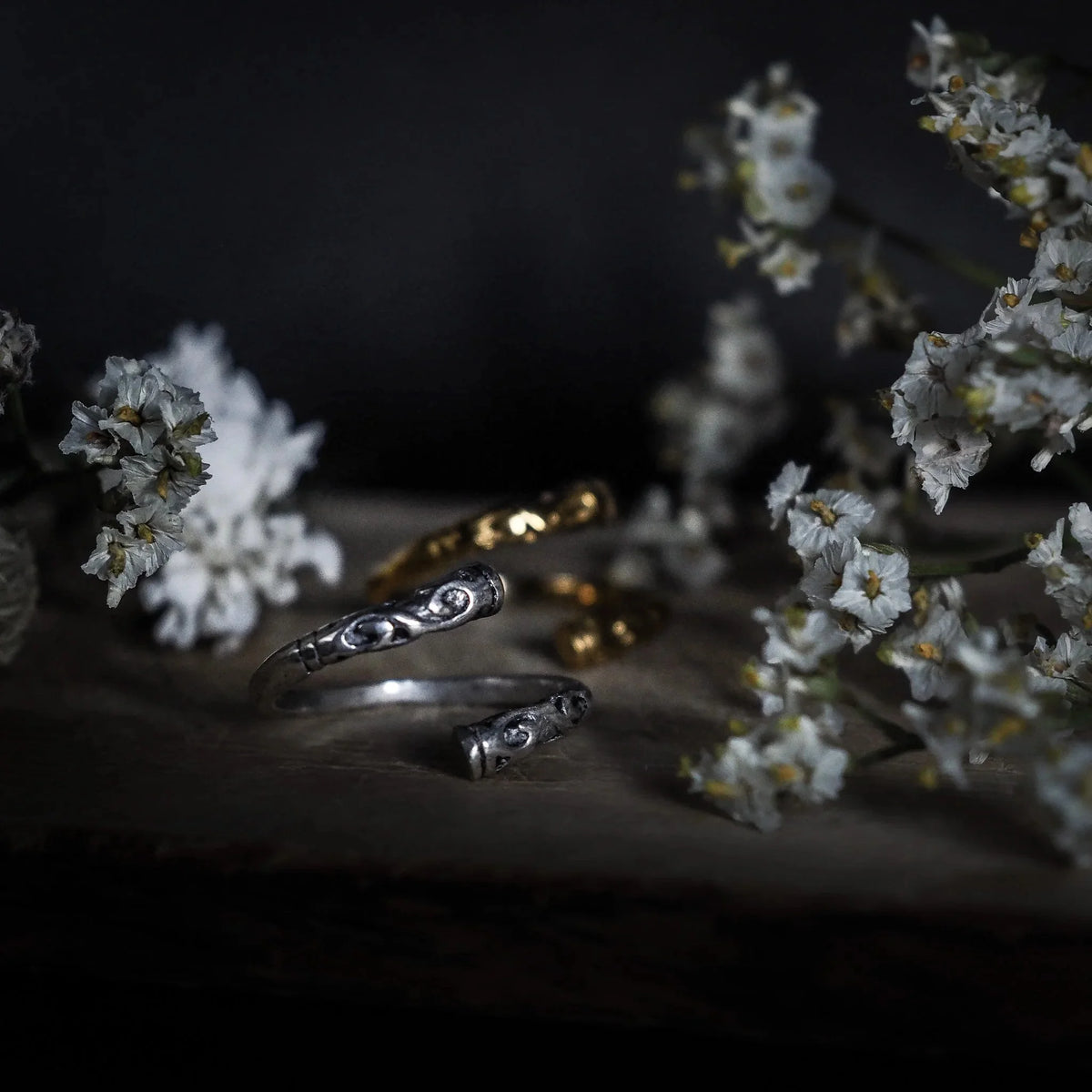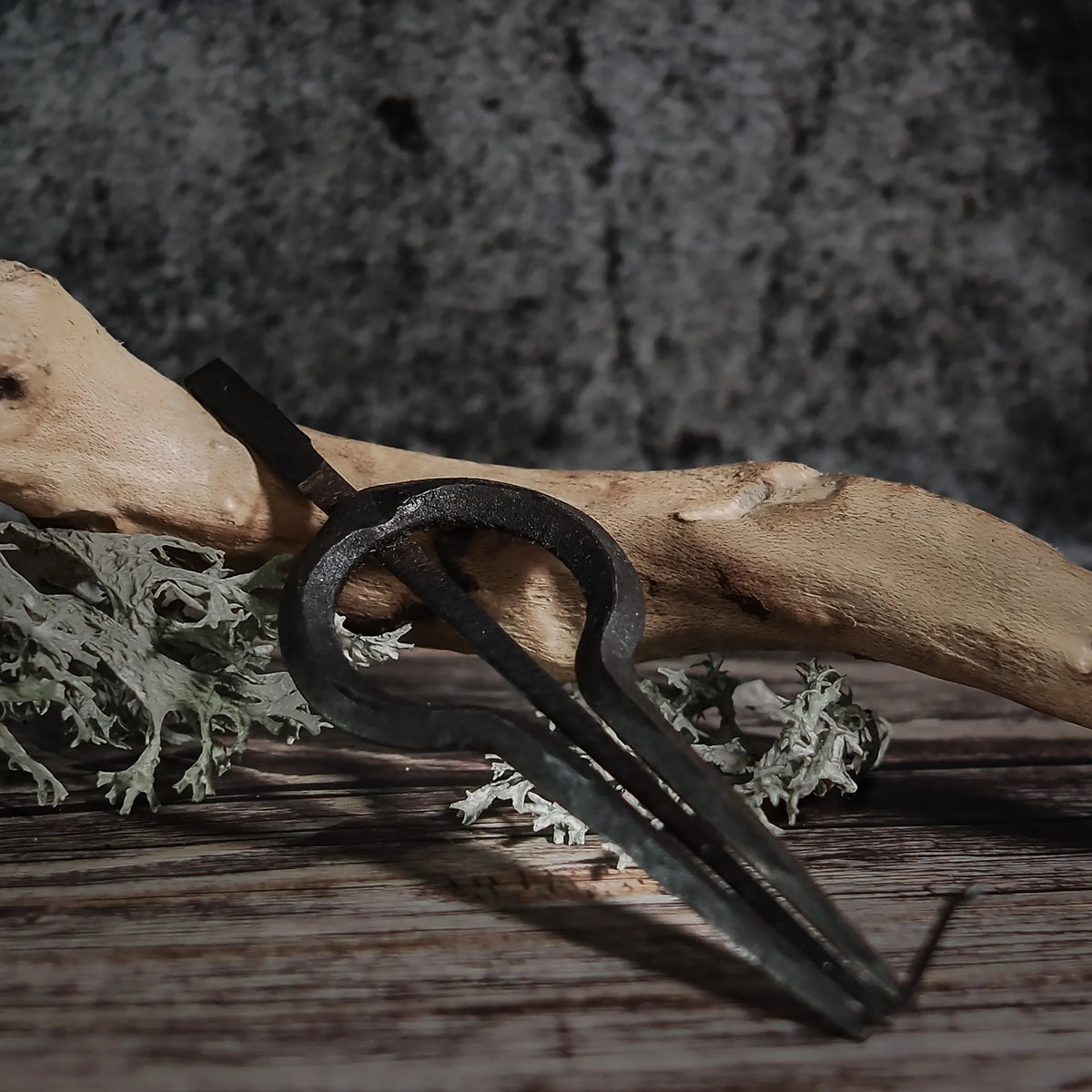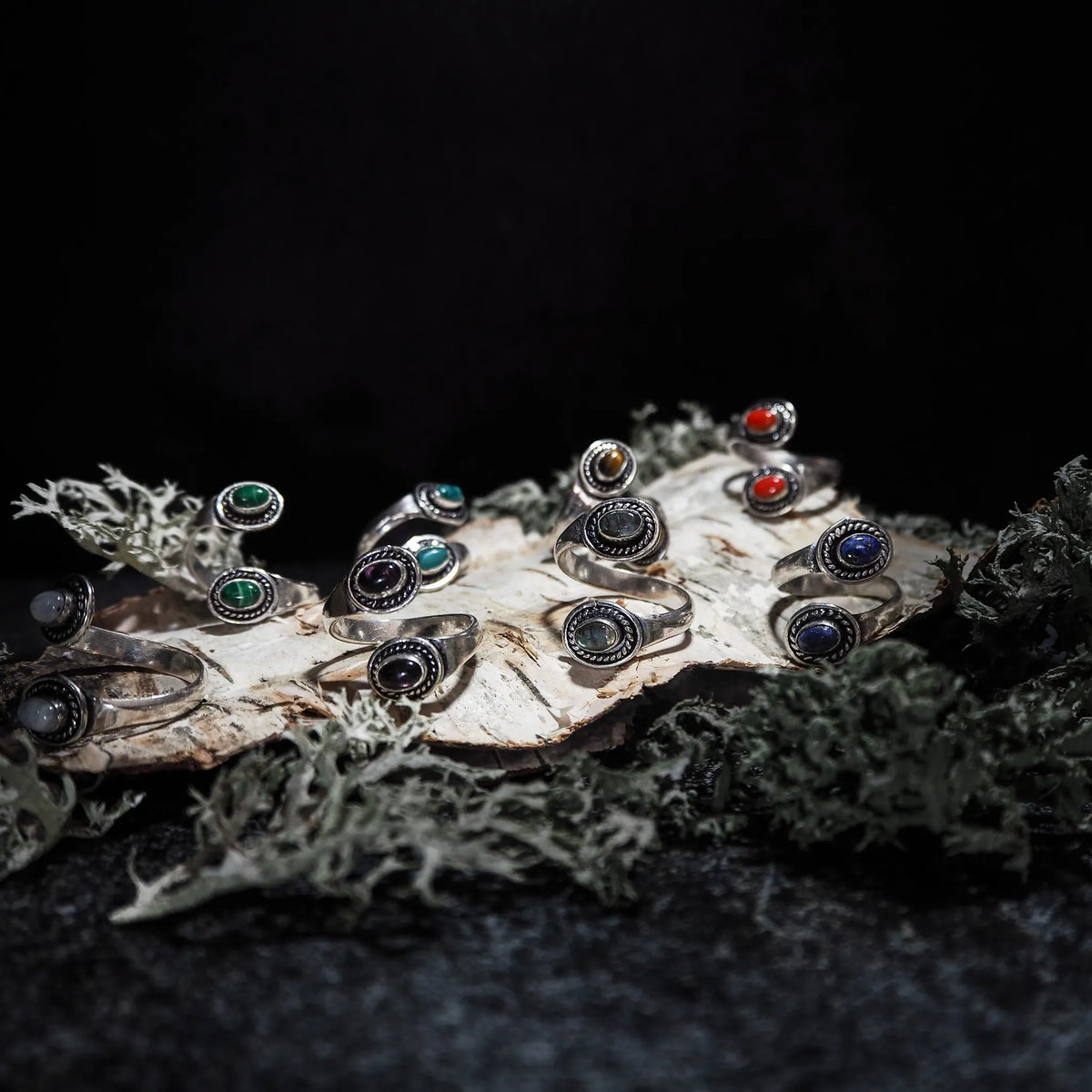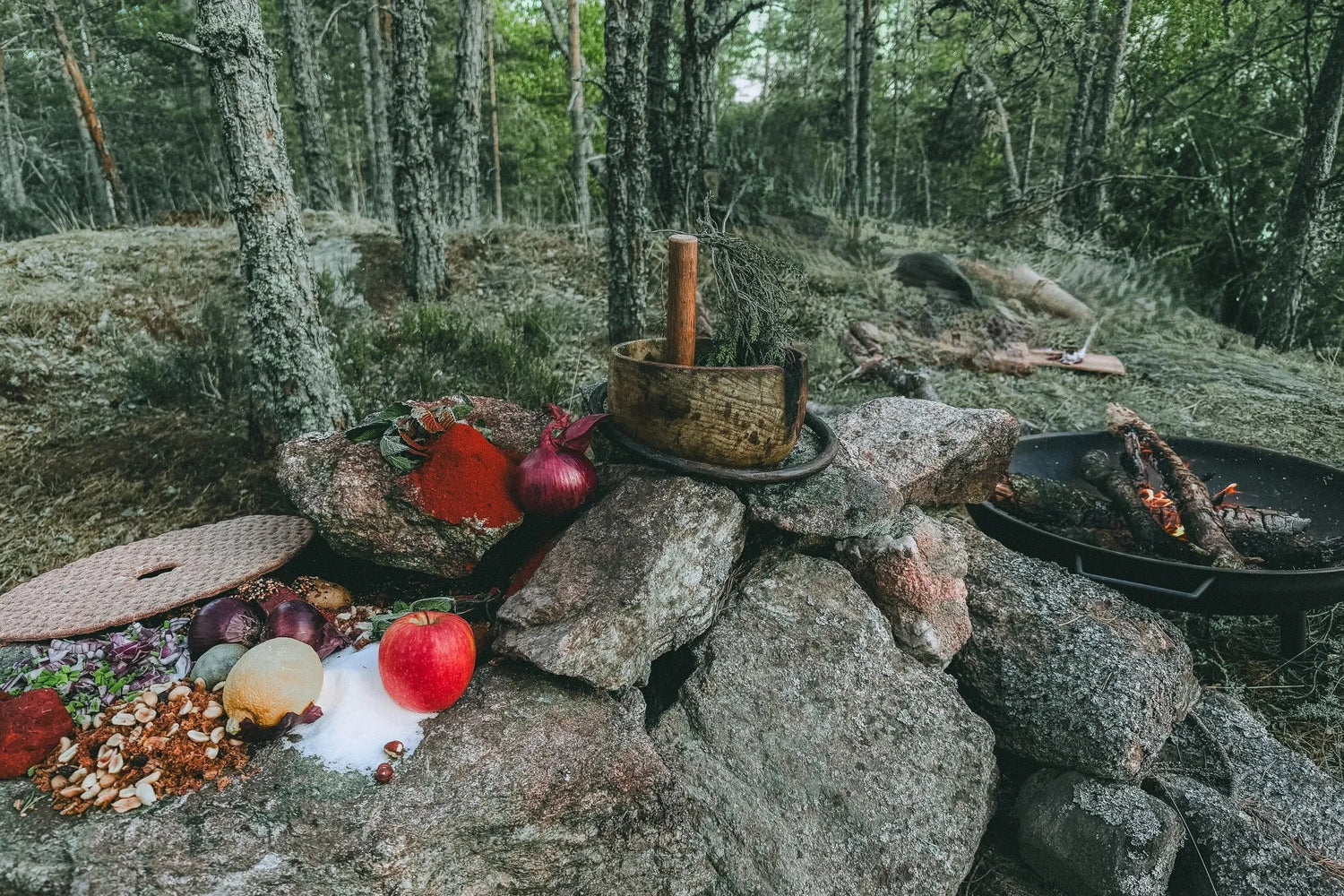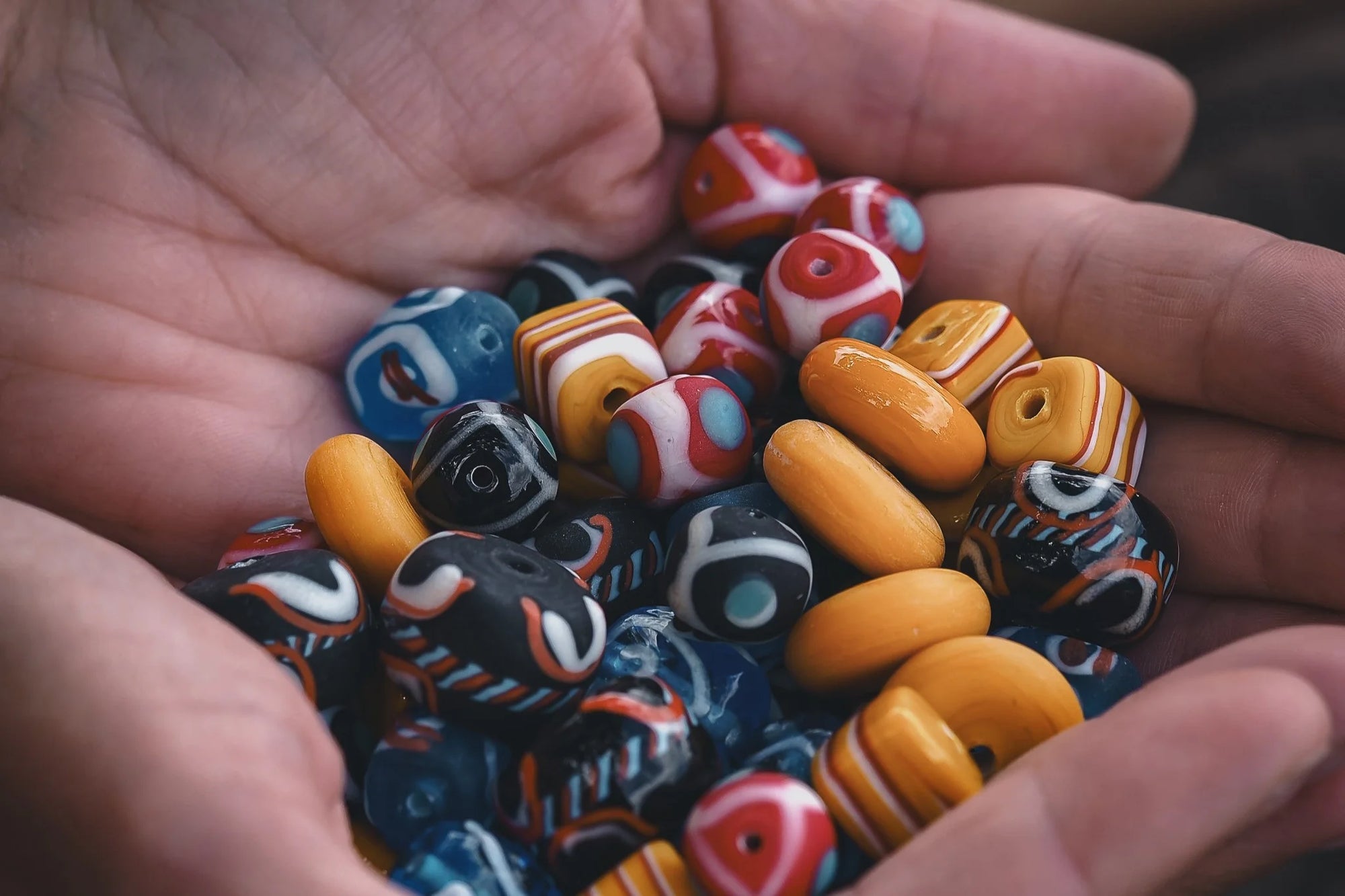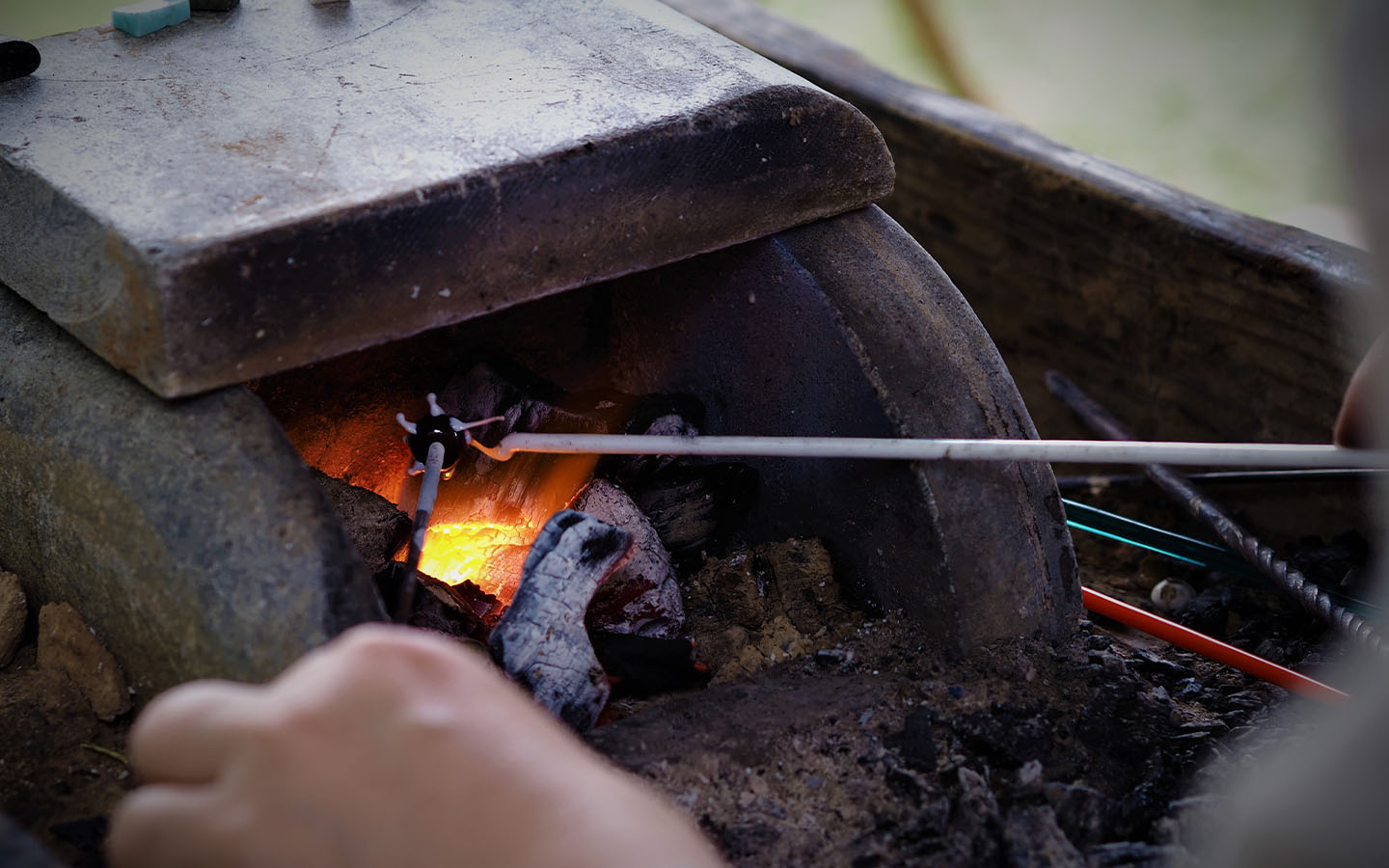Blot is for most asa believers and followers of Nordic paganism a way to approach and get in touch with the powers of the gods.
Strengthen connection with gods and ancestors. This is done, for example, by offer them gifts, in the form of food or drink or other symbolic offerings.
By giving back something of what man receives as a gift, he shows his humility before the forces that give us peace and happiness in life.
Sometimes the blot is also about asking a special power or god for strength, help or advice.
A blot can look so many ways these days.
Some keep blots in historical places. Someone has their spot in the forest and some in their garden or a small altar in their home.
The blot usually/can consist of a blot ceremony and afterwards a feast/a party. Participants gather at a blot site and perform the blot together.
Most of the time, the blot site is located close to nature under the open sky.
Sometimes there are props of gods (wooden figures or similar, that represent different gods).
A Gode often leads the blot. Most often, the participants stand in a ring or semicircle.
The blot ceremony can include several different parts; summoning/inviting powers and gods.
Raising glasses to the gods of the seasons, for those born and those who have left us. The oblations are placed by the alterstone or placed in a fire.
The Blotgille, or veidslan, is a feast where the Blot participants eat and drink well.
Annual blots among today's Asa believers may be:
Spring blot
Midsummer blot,
Autumn blot,
Midwinter /Yule blot,
Happy bloting!
